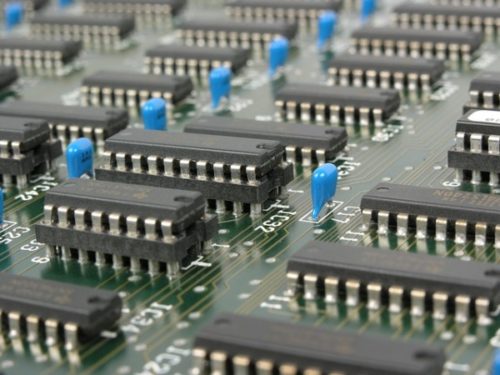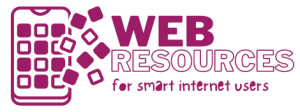For a lot of entrepreneurs, starting a tech startup means establishing a company that works towards delivering software-based solutions or apps. The startup landscape is filled with software startups trying to solve real world problems.
While there is a lot that can be done with functional apps, it is worth noting that more startups are transitioning to hardware-based solutions. The right hardware can solve more customer problems in a more seamless way.

So, is it time for you to transition to hardware development? Will the transition be a difficult process? These tips and tricks will help you answer some of the most common questions about transitioning to hardware development.
Hardware Limitations as a Starting Point
My first experience with hardware designed came when I was trying to develop a small edge-computing device for vision AI. While Raspberry Pi and existing GPU-intensive devices offer a lot of flexibility, there were no hardware solution that suited my specific needs.
I faced a hardware limitation, and transitioning to hardware development was the obvious solution. You may be facing a similar situation with your own software or app. If that is the case, hardware development is a solution worth considering.
Thanks to the development tools available today, developing hardware to meet your specific needs is easier than you think. You don’t have to be a hardware engineer to get started. Even better, there are a lot of starter kits and initial designs you can use as a platform for development.
Hardware by Design
Designing a board to meet specific needs isn’t a complex process. Tools like Geppetto from Gumstix are designed specifically to make the whole process easy. And, hardware by design is much more reachable than it was a few years ago.
In the case of Geppetto, you can design a specific board to work with Raspberry Pi or a standalone module for your solution just as easily. You can add sensors and capabilities, optimize the board for easier production, and even design custom cases for your hardware in one go.
Gumstix will also handle the production of your board. Creating prototypes and testing concepts using custom-made hardware is incredibly easy with everything from design to part sourcing handled on the same platform.
Solving Real Problems
While it is easy to design, develop, and manufacture custom boards and hardware as a solution, there are other aspects to consider as well. For starters, you want your hardware-based solutions to be efficient and effective. That sometimes means using existing boards like the Raspberry Pi as a foundation rather than developing everything from scratch.
A good hardware also requires a capable software, so transitioning to hardware development doesn’t mean abandoning the software side of the equation. When you can combine the two, you have everything you need to create robust solutions for your customers.
So, is it time for you to transition to hardware development? If your software requires specific hardware to run optimally, developing that exact hardware is now a possibility. Start exploring hardware design tools and development process to learn more about the options you now have as an entrepreneur.
